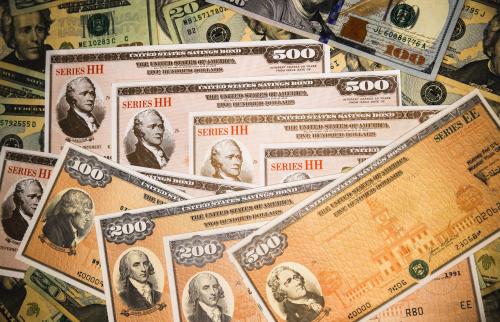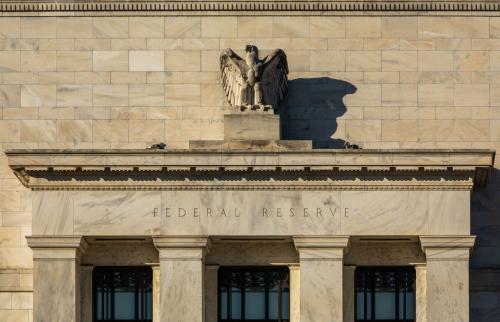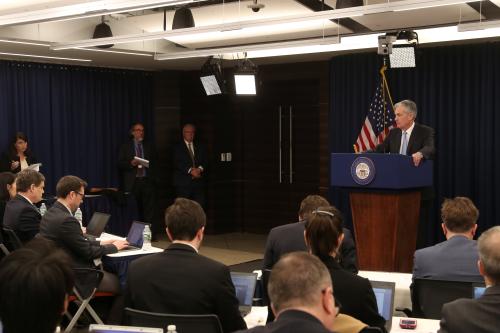In “Monetary policy in a low interest-rate world,” the Federal Reserve Board’s Michael T. Kiley and John M. Roberts, using standard economic models, find that rates could hit zero as much as 40 percent of the time—twice as often as predicted in work by others—according to standard economic models of the type used at the Federal Reserve and other central banks.
The constraint on monetary policy this would cause would make it harder for the Fed to achieve its 2 percent inflation objective and reach full employment. The authors’ analysis suggests that a monetary policy that tolerates inflation in good times near 3 percent, above its 2 percent long-run inflation target, may be necessary to bring inflation to 2 percent on average.
The natural rate of interest, a theoretical construct, is the interest rate that will prevail when the economy is at full employment and inflation is stable at a central bank’s target. When a central bank sets interest rates below that level, monetary policy is stimulating the economy; when the rate is above that level, it is doing the opposite. Most economists agree that the natural rate has been falling for decades. Fed policymakers’ projections indicate they see the long-run natural rate at 3 percent nominally, or about 1 percent after adjusting for inflation.
Given that the natural rate of interest has fallen and interest rates may not return to pre-crisis levels even after monetary policy has normalized, interest rates may be near zero much more often than in the decades prior to the crisis, with important consequences for the stability of inflation and economic activity. As a result, there are a number of steps the Federal Reserve and other central banks can take to help better achieve full employment and price stability in this low interest-rate environment.
This paper is part of the Spring 2017 edition of the Brookings Papers on Economic Activity, the leading conference series and journal in economics for timely, cutting-edge research about real-world policy issues. Research findings are presented in a clear and accessible style to maximize their impact on economic understanding and policymaking. The editors are Brookings Nonresident Senior Fellow and Northwestern University Economics Professor Janice Eberly and James Stock, Brookings Nonresident Senior Fellow and Harvard University economics professor. Read the rest of the articles here.
The authors did not receive financial support from any firm or person for this article or from any firm or person with a financial or political interest in this article. They are currently not an officer, director, or board member of any organization with an interest in this article.
The Brookings Institution is committed to quality, independence, and impact.
We are supported by a diverse array of funders. In line with our values and policies, each Brookings publication represents the sole views of its author(s).





